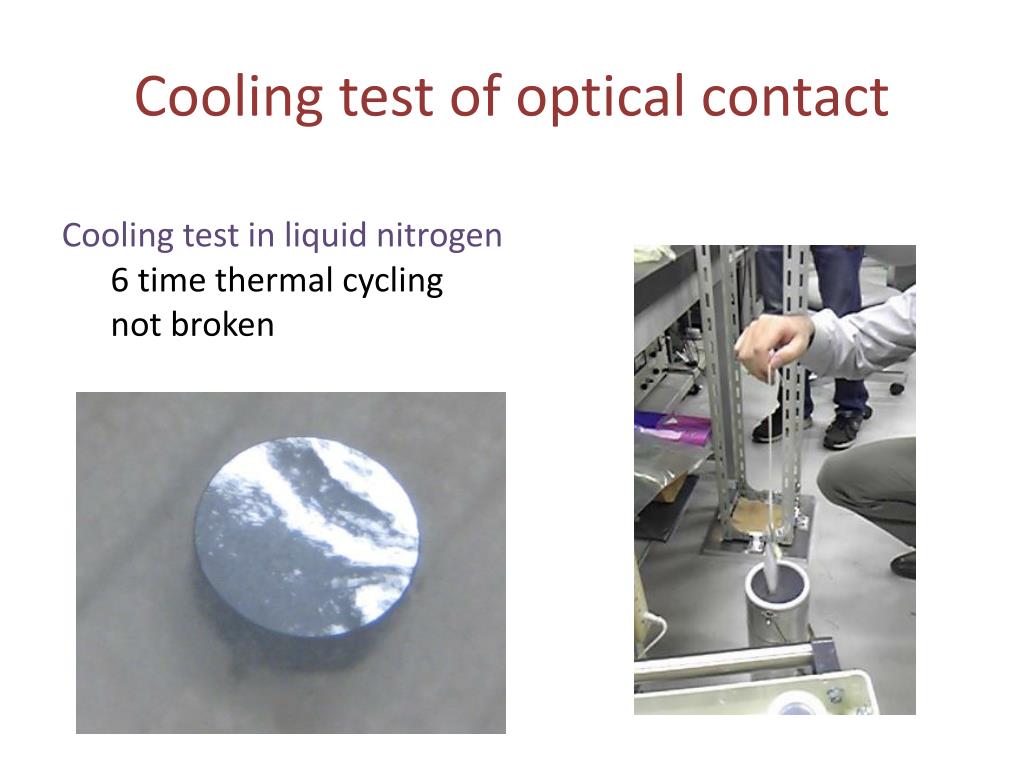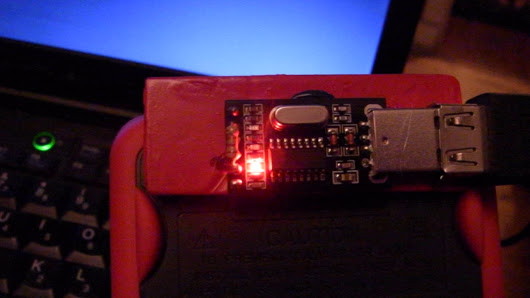
We will analyze three representative photonic designs that (i) are known to exhibit topological transitions in the linear regime, and (ii) can feasibly operate in the optical frequency range, where optical isolation is a particularly pressing problem due to the absence of strong magneto-optic effects. There have also been a number of papers seeking to implement optical isolators using magneto-optic topological photonics, but such schemes lie outside the scope of the present discussion. We will study how this behavior might be exploited in nonlinear optical isolators. It appears that photonic topological transitions-transitions from a conventional or topologically trivial phase to a topologically nontrivial phase-can be 'driven' by nonlinearities, so that the light intensity itself determines whether the light can propagate via an edge state. Although these topological edge states have mostly been studied in the linear regime, there have been several recent papers exploring how they are affected by optical nonlinearities. Such structures possess a distinctive property: when tuned into a 'topologically nontrivial' phase, they exhibit topological edge states that are robust against perturbations (and, in some cases, have useful properties such as unidirectionality ). Researchers have demonstrated a variety of photonic structures with topologically nontrivial photonic bands, including magneto-optic photonic crystals operating at microwave frequencies and non-magneto-optic waveguide structures that can operate at optical frequencies.

The concept of topological phases originated in the field of condensed matter physics, and was introduced into photonics some years ago. This paper explores the possibility of realizing optical isolators using nonlinearity-induced topological phase transitions. For this reason, there has been a great deal of research into isolator designs based on spatio-temporal modulation and nonlinear materials.

Magneto-optic isolators are the most widely used in current technology, but are challenging to incorporate into on-chip optical circuits. This can be accomplished in three distinct ways: using magneto-optic effects, temporal modulation of the electromagnetic medium, or optical nonlinearity. To realize an optical isolator, the reciprocity principle of ordinary electromagnetism must be broken. Optical isolators are devices that allow light to pass in one direction (e.g., along a waveguide), while blocking transmission in the other direction, thus acting as the analogues of diodes in electronic circuits. Nonreciprocal light transmission plays a key role in modern optical technologies. In the third case, we show that the topological transition produces a discontinuity in the transmittance curve, which can be exploited to achieve sharp jumps in the power-dependent isolation ratio. In the first two cases, we find a correspondence between the topological transition of the underlying linear lattice and the power threshold of the transmittance, and show that the transmission behavior is attributable to the emergence of a self-induced topological soliton. We study three representative designs: (i) a waveguide array implementing a nonlinear 1D Su–Schrieffer–Heeger model, (ii) a waveguide array implementing a nonlinear 2D Haldane model, and (iii) a 2D lattice of coupled-ring waveguides. This provides a novel route to devising nonlinear optical isolators.

The high power optical isolator (polarization-independent fiber optic isolators, 1064/1053/1030/980 nm) is customizable, and the above specifications are subject to change without notice.Specifications of High Power Optical Isolator (1064/1053/1030/980 nm)


 0 kommentar(er)
0 kommentar(er)
